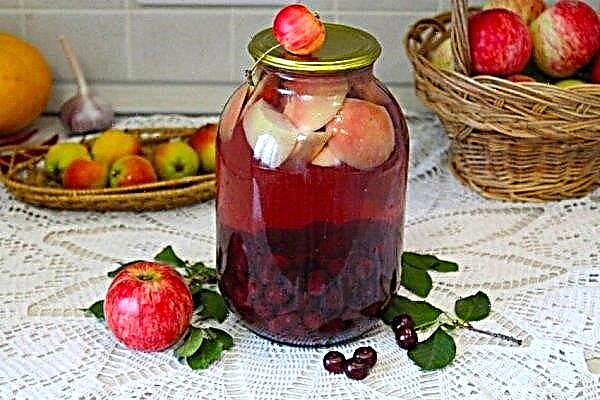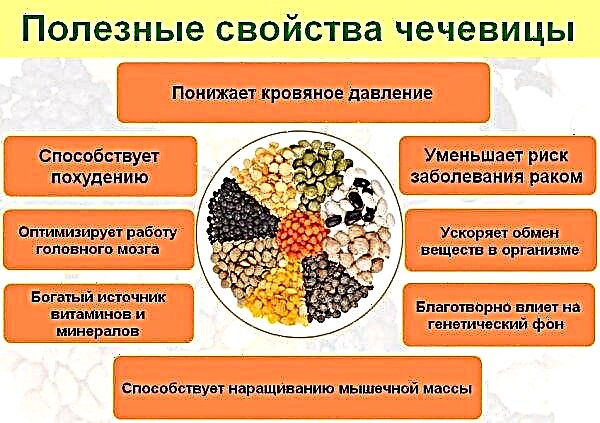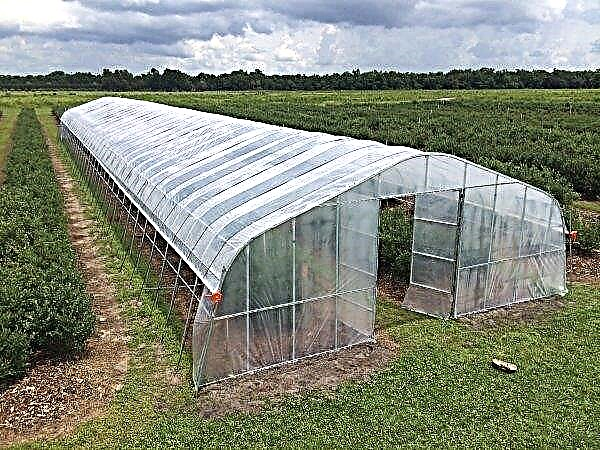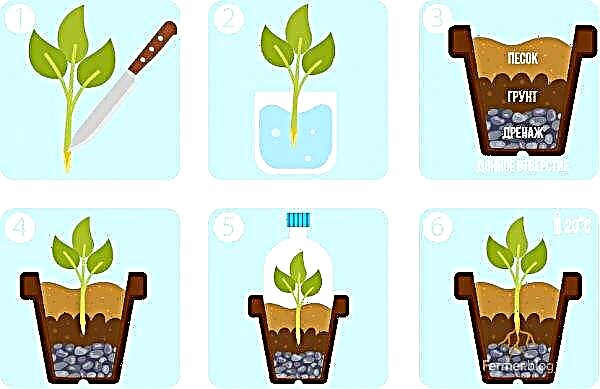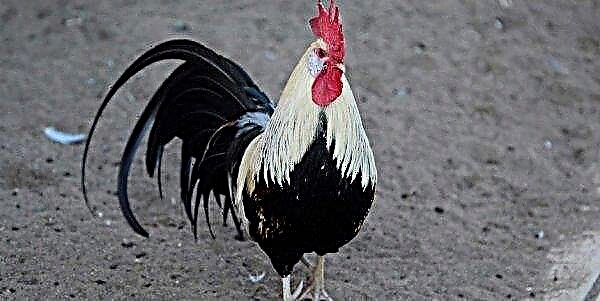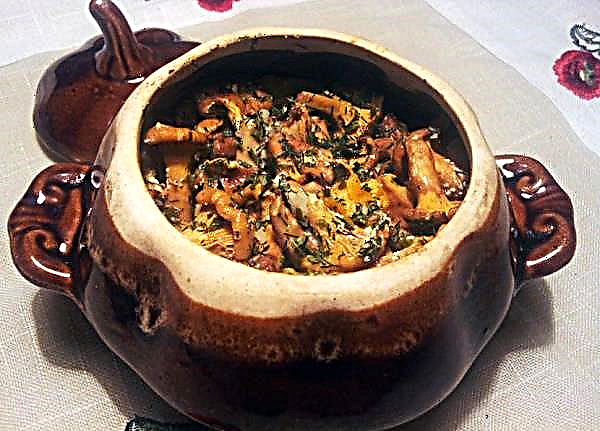Despite the widespread use of polycarbonate greenhouses, many summer residents prefer to use aluminum structures, which, due to their technical features, make it easier to care for vegetation and create comfortable conditions for its development, even in winter. What are the main advantages of the aluminum greenhouse, and whether it can be done independently - further in the article.
What are aluminum greenhouses for?
Greenhouses made of aluminum are a supporting structure consisting of a frame and sheathing material, which can be polycarbonate, PVC film, glass, etc.
The described structures were specially designed for:
- winter gardens;
- growing early fruit crops;
- protection of later plant varieties from adverse climatic conditions, in particular, the scorching sun, heavy rains, sudden temperature jumps.

The aluminum profile has extreme lightness and ductility, which makes it possible to give the structure any shape. In addition, such devices are often used as an extension to a house or any household building. They are installed on the roofs of houses or built on the first floor of high-rise buildings.
Did you know? The world leader in mining and producing aluminum is Australia.
Advantages and disadvantages of an aluminum greenhouse
Greenhouses made of aluminum profile and glass are not expensive constructions, therefore they have a rather high cost. However, their price is fully justified in terms of practicality, durability and aesthetics of the design. Of the material described, winter greenhouses are in special demand.

- Among the positive qualities of aluminum devices, there are several of the most key:
- high strength and reliability;
- lightness of the material, its ability to take the necessary forms;
- long service life due to high wear resistance, resistance to corrosion, mold and fungus formation;
- ease and simplicity in installation;
- ergonomics;
- excellent light transmission;
- resistance to the harmful effects of external factors;
- the possibility of building an exclusive greenhouse according to an individual sketch;
- attractive appearance;
- the ability to withstand high surface loads.
Did you know? Surprisingly, in its pure form, aluminum is almost never found in nature, since it quickly reacts with other elements. In minimal quantities it can be found in the vent of volcanoes.
Devices from aluminum do not deform, do not “go away" on the sides, can withstand wind and snow loads. They are great for combining a winter garden, growing tropical plants and organizing a relaxation room.
- Meanwhile, the design is not without some drawbacks, among which the most significant summer residents consider:
- the need to build a foundation;
- high risk of damage to the glass coating during bad weather;
- rather high cost and weight of glazing.

Types of structures
By design features, several types of aluminum greenhouses are distinguished, each of which has its own advantages and disadvantages.
Gable
Gable devices are a classic greenhouse in the form of a "house", which has vertical walls and a traditional roof. It is characterized by versatility in use, has high strength properties and durability, ideal for glazing.
The dimensions of this design can be different and depend on the needs of the gardener. The gable greenhouse, due to the structural features of the roof, is easily cleaned of snow, fallen leaves, etc.

English
English greenhouses in shape resemble traditional gable, however, are equipped with a higher base and additional decorative elements on the top of the roof. The design is practical, functional, has an elegant, neat appearance, tolerates various weather conditions, does not need special care.
It is excellent for cultivating tall, indeterminate plants with unlimited growth of the central conductor.
Important! The main disadvantages of buildings are high cash costs for the construction of the structure. However, many vegetable growers understand that a solid and high-quality greenhouse is the key to a decent harvest.
English greenhouses can be:
Corner and Tambour
Corner greenhouses are very popular with domestic vegetable growers, which make it possible to significantly save space. Most often, such structures are made small and installed in the most optimal angle of the site.
Corner greenhouses in most cases are monumental devices that consist of several zones designed for cultivating plants of various types. Such buildings are equipped with a gable roof, have a solid and reliable foundation. As a rule, the size of the greenhouse and its shape are selected taking into account the area on which it will be located.
Important! The corner greenhouse is advantageous in that when it adjoins another building, it is possible to heat the room using the appliances of the main building.
The original architectural solution is greenhouses with a vestibule, which are equipped with a hermetic door, which prevents cold air from entering the room. Ready-made constructions with a vestibule of the Viscount company, which are characterized by high reliability, practicality, a long service life, and the presence of a good ventilation system, are especially in demand.

Today, manufacturers offer users two types of designs:
- with vestibule "T": devices belong to the category of representative, have large dimensions, which makes it possible to use them for growing plants in large volumes. Such structures are equipped with a ventilation system, which provides for the presence of several air vents:
- with mini vestibule: the design is compact in size, has a small vestibule, is equipped with several side vents for through ventilation.
Did you know? An ordinary aluminum tin, for example, from a sweet drink, decomposes in the earth for 80–90 years
DIY greenhouse made from aluminum profile
The organization of a greenhouse in a summer cottage makes it possible to get an early crop of fruits and vegetables in cold climates. At present, domestic manufacturers offer a wide range of models of similar designs, however, many summer residents prefer to make them on their own.
Choosing the right place
Before proceeding with the manufacture of an aluminum greenhouse, you need to decide on the site on which it will be placed.

When choosing a place, experts advise to be guided by several important factors:
- the site should be as flat as possible, spacious, well-lit;
- the room should be at such a distance from other buildings so that the shadow from them does not interfere with the full growth of vegetation;
- the structure is optimally installed in the direction from north to south, since in this case the heating of the room will be the most uniform and efficient.
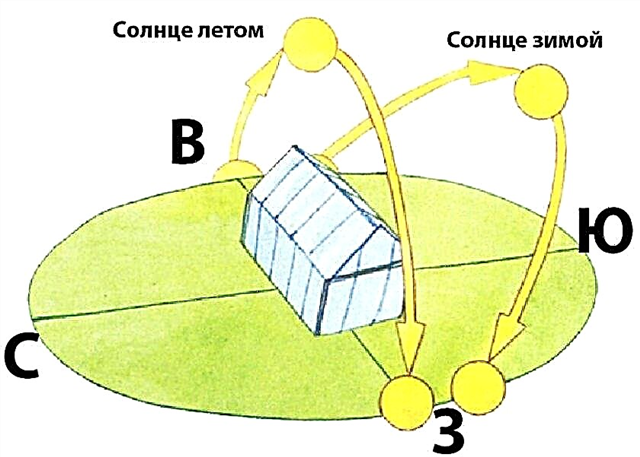
Drawing up drawings
Of course, it is necessary to begin assembling the aluminum frame for the future greenhouse by compiling and studying the drawings. Experts advise inexperienced craftsmen to use ready-made, simplest standard drawings that can be found on the Internet.
For self-assembly of the structure, it is better to opt for gable greenhouses made of aluminum and glass.

Tools and materials
In the process of construction, the following materials and tools may be needed:
- aluminum profile pipe, dimensions 2 × 2 cm with a thickness of partitions of 1.5 mm;
- timber bar or lath;
- channel aluminum, dimensions 2 × 2 × 2 cm and a wall of 1.5 mm;
- saw, scissors for metal;
- screwdriver;
- stationery knife.
Step-by-step manufacturing instructions
There are several options for models of greenhouses made of aluminum profile, however, regardless of this, the instruction for their manufacture consists of the same stages of work.
Foundation. To install the structure without fail, you need a foundation that will increase the strength properties of the device and can guarantee its stability. Experts advise making the foundation of concrete blocks, applying tape casting, or building the foundation on piles.

Important! A universal option that is suitable for any land plot is the foundation on stilts. When organizing the base of a wooden beam, it should be treated with special protective antiseptics.
Assembly of the frame. When using the factory frame, its assembly is carried out according to the instructions. It should be understood that the U-shaped profile is equipped with special grooves for glass, while wide grooves are designed for double glass, narrow - for single.
As a rule, the complete frame of the finished frame includes all the elements for installation: fasteners, nuts, bolts. When assembling a frame structure from DIY parts, the installation method should be chosen independently.

There are three main assembly methods:
- By welding. In such cases, you will need minimal welding skills and professional tools: an inverter, electrodes for working with aluminum.
- Using bolt fasteners. Such joints are collapsible and easily dismantled in cases where the greenhouse needs to be moved to another place.
- With the use of aluminum rivets. This type of connection, like the first, is non-separable.
Glazing. As noted above, double glazing or single glass is used for the glazing of the structure. The first option, although it is more expensive, but is characterized by high strength and reliability, in addition, it allows you to use the room in the winter.
When installing ordinary glass sheets, special non-hardening sealant and clamps are used. At the same time, the sheets are overlapped, so that further drops of moisture do not fall into the middle of the structure.
Important! Glazing of walls is carried out in the direction from the bottom up, the roof - from the ridge.
The final stage in the construction of the greenhouse is the arrangement of the space inside. For the manufacture of partitions, polycarbonate sheets can be used, for the organization of paths for beds - crushed stone, sand, wood, rubber, tile, brick, etc.
If it is necessary to heat the structure, experts recommend installing water or gas boilers, laying an analog of the heated floor, or using portable heating appliances.

Aluminum glass greenhouse is one of the best options for the implementation of year-round cultivation of vegetables and fruits. Despite a certain high cost of materials, having invested only once, vegetable growers get a capital structure that can serve without losing their technical qualities and aesthetic appearance for several decades.


